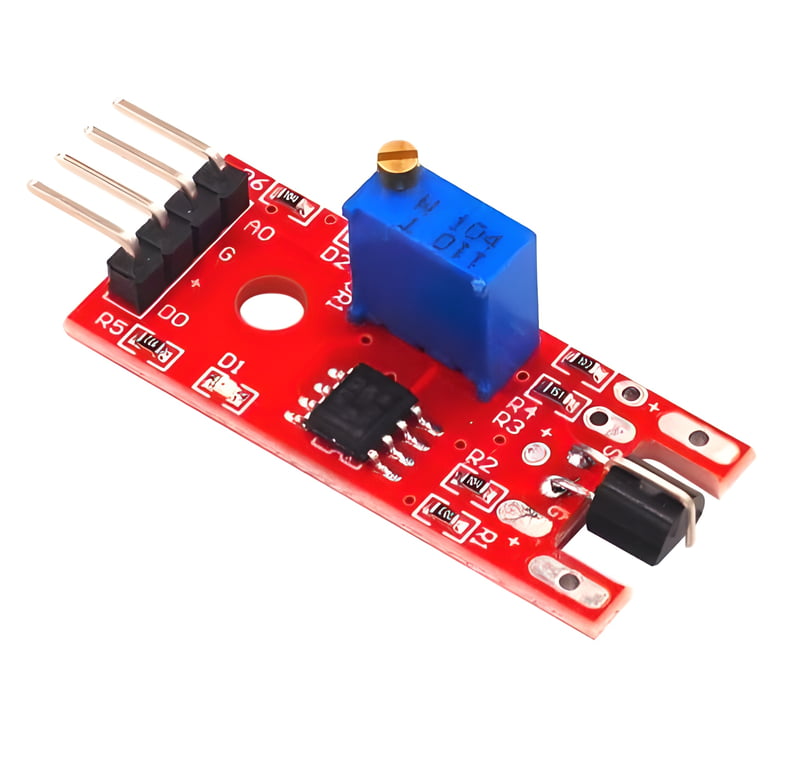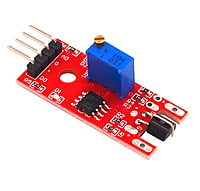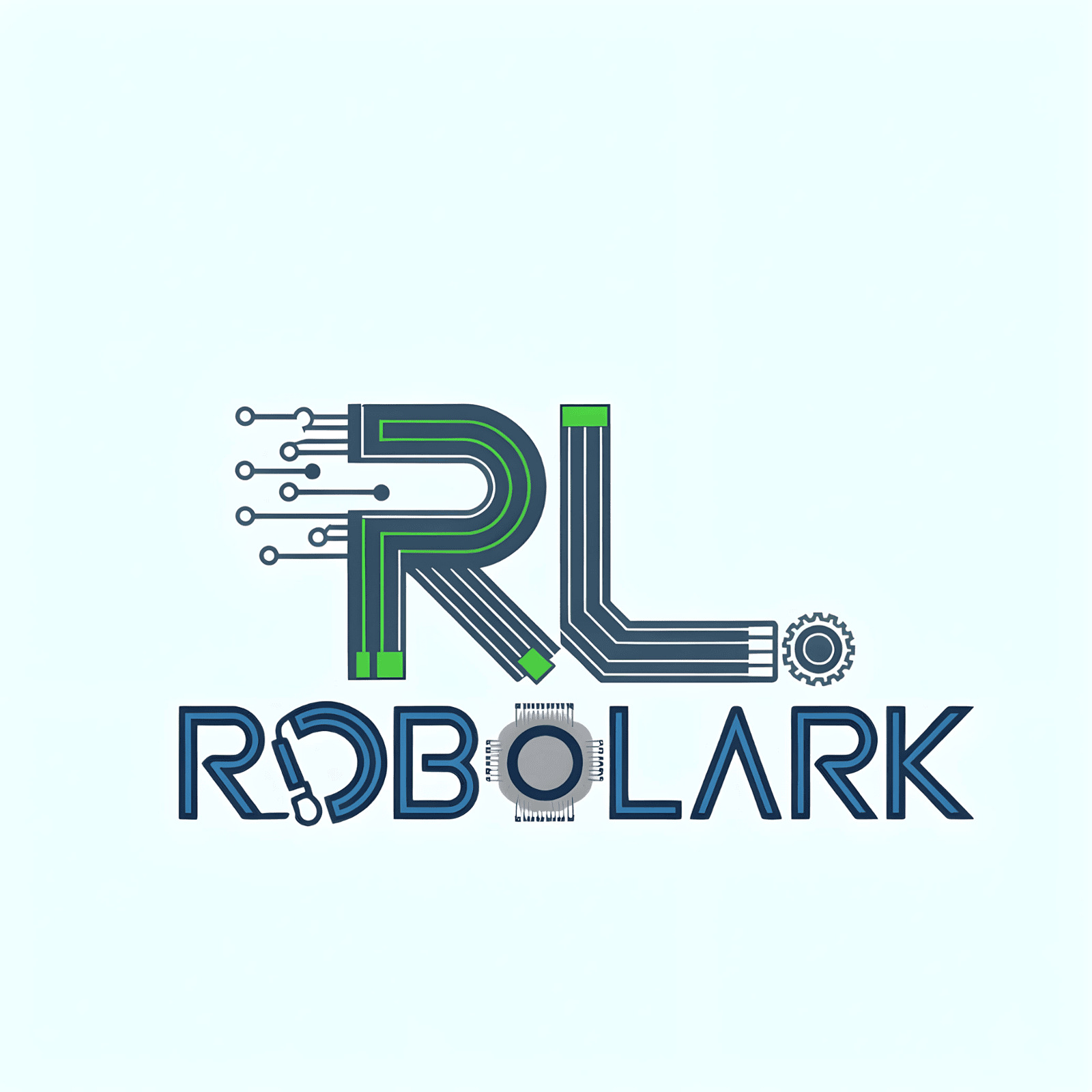



KY-036 Human Touch / Metal Sensor Module
The KY-036 is a touch or metal detector sensor module that can be used to detect the presence of a conductive object, such as a metal surface, or to sense touch interactions. These modules are widely used in various electronic projects for object detection, touch-sensitive interfaces, and proximity sensing.
Non-returnable
SKU - R0411
Rs.89.00
In stock:
3
Choose Quantity:
Share:
Product Details
Metal Detection:
The KY-036 sensor module is primarily designed to detect the presence of metal objects. It uses changes in capacitance to detect the metal's conductivity. When a conductive object (like metal) approaches or touches the sensor's surface, it causes a change in capacitance, which the module can sense.
Touch Sensing:
Apart from metal detection, the module can also be used as a touch sensor. When a person touches the sensor surface or any conductive object comes into contact with it, the capacitance changes, indicating a touch event.
Operating Principle:
The module consists of a sensing element and associated circuitry. The sensing element is likely a pad or surface that is sensitive to changes in capacitance. The module's circuitry processes the changes in capacitance and converts them into a digital signal that indicates whether a metal object or a touch has been detected.
Output:
The KY-036 sensor module typically provides a digital output, indicating whether a metal object or touch has been detected. The output pin can be connected to a microcontroller, Arduino board, or other digital circuits to trigger specific actions based on the detected event.
Adjustable Sensitivity:
Some versions of the KY-036 module might have adjustable sensitivity settings. This allows you to configure how sensitive the module is to changes in capacitance. This feature can be useful for optimizing the module's performance in different applications.
Applications:
Proximity sensing: Detecting the presence of a hand or object.
Object detection: Detecting the presence of metal or conductive objects.
Interactive projects: Creating touch-sensitive interfaces.


